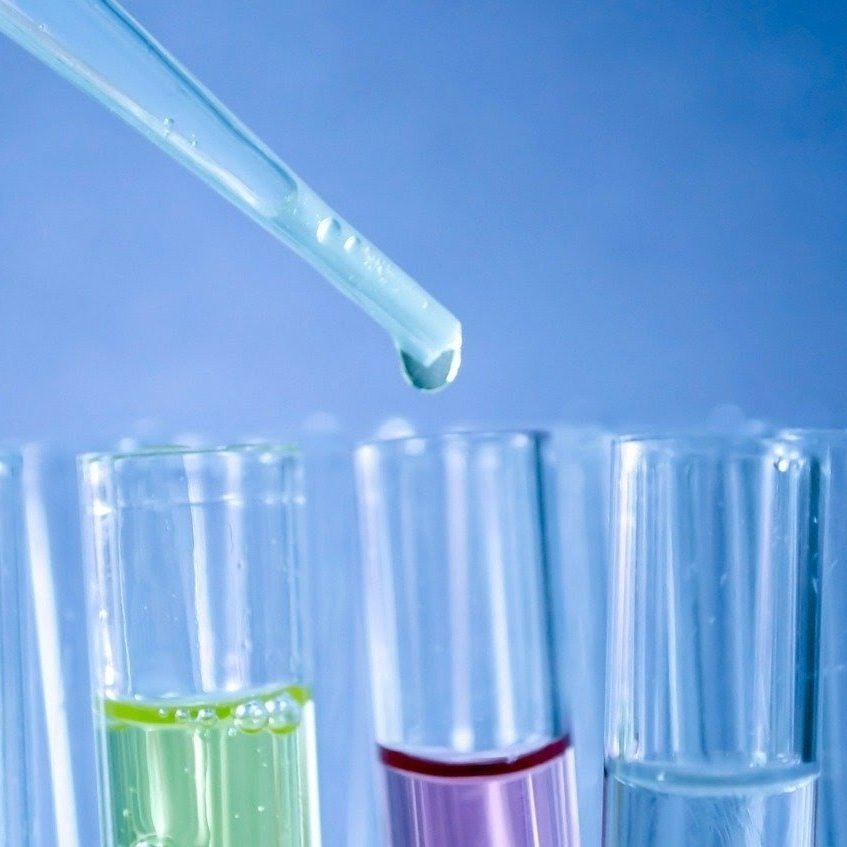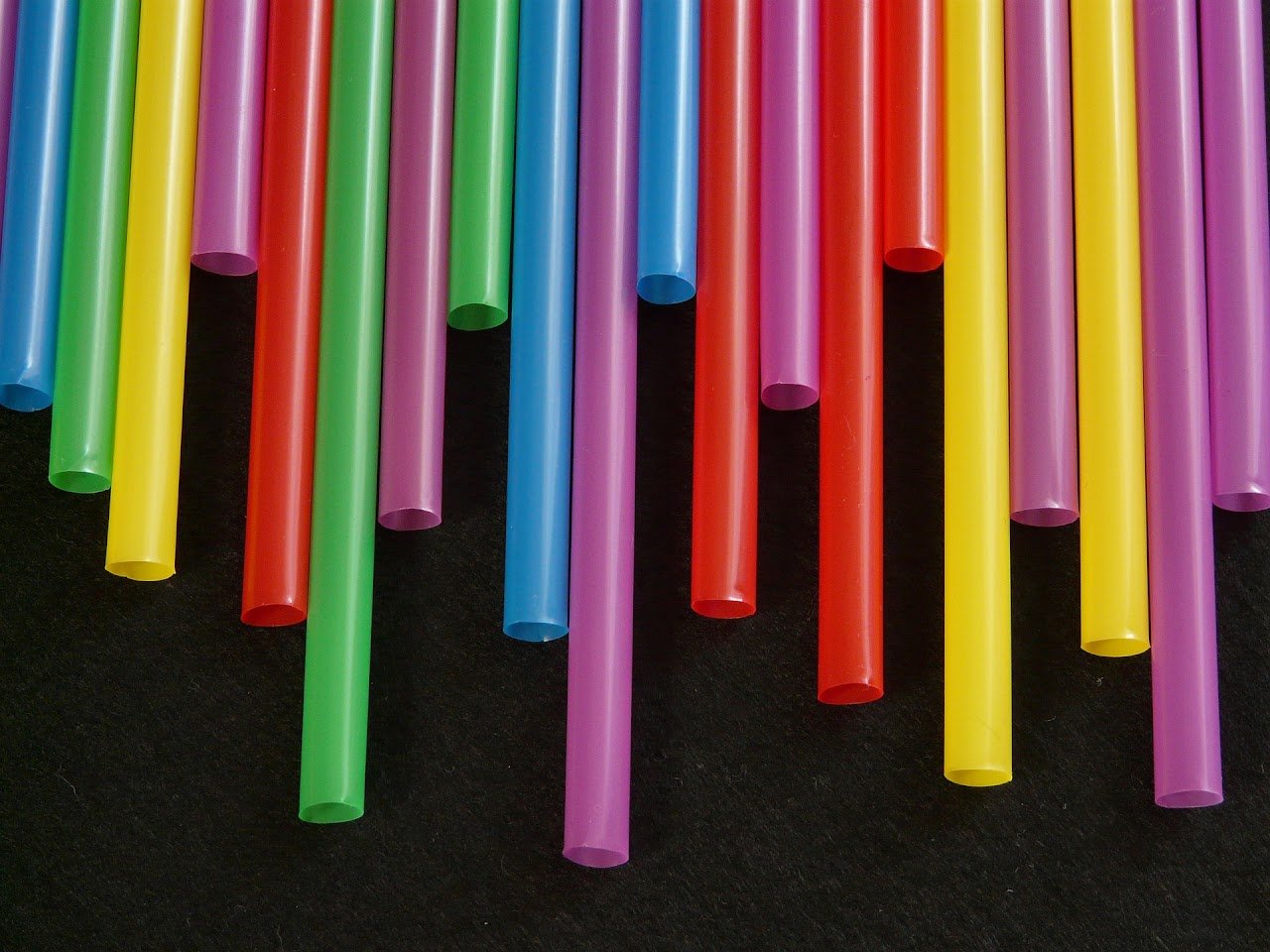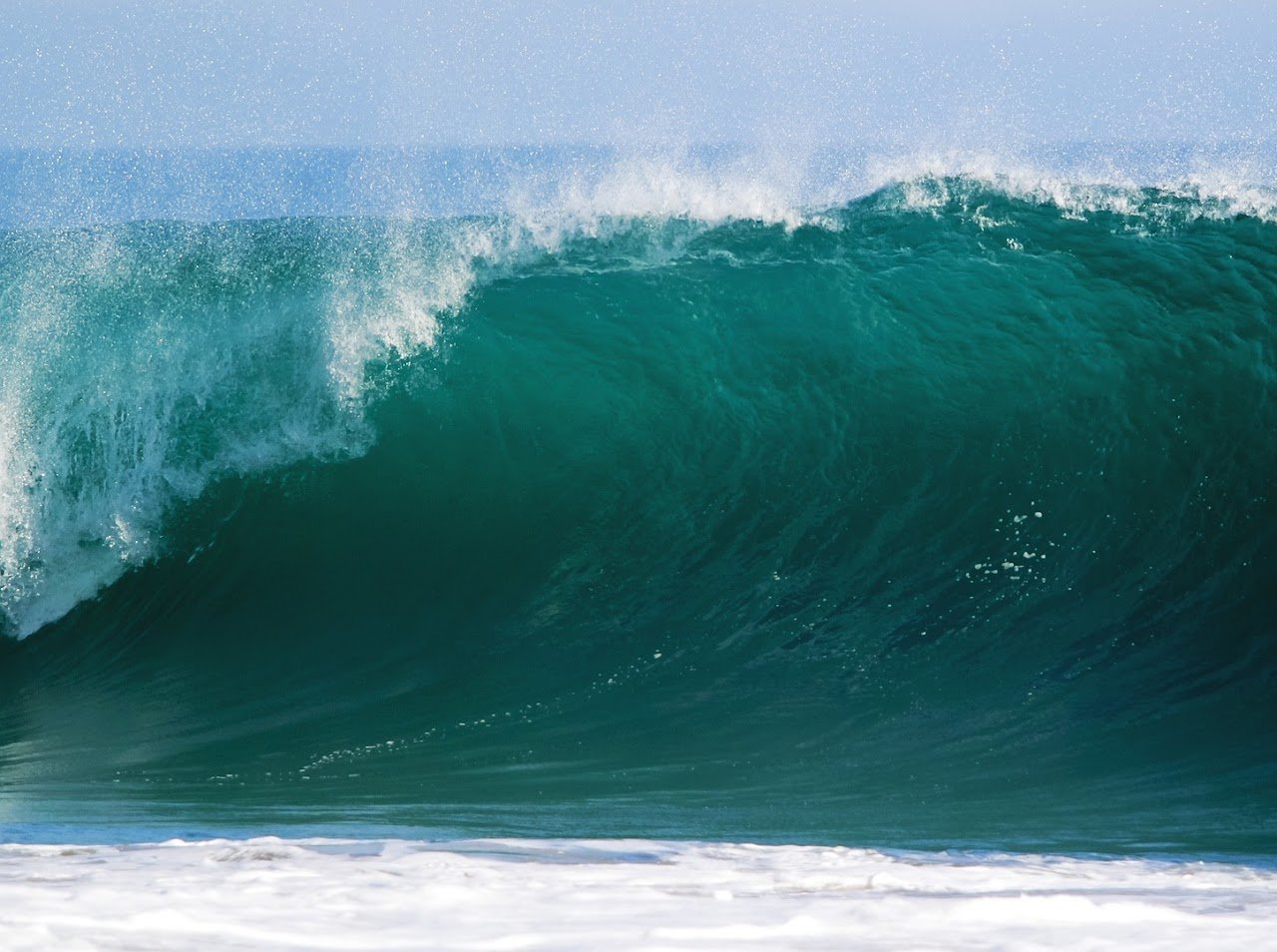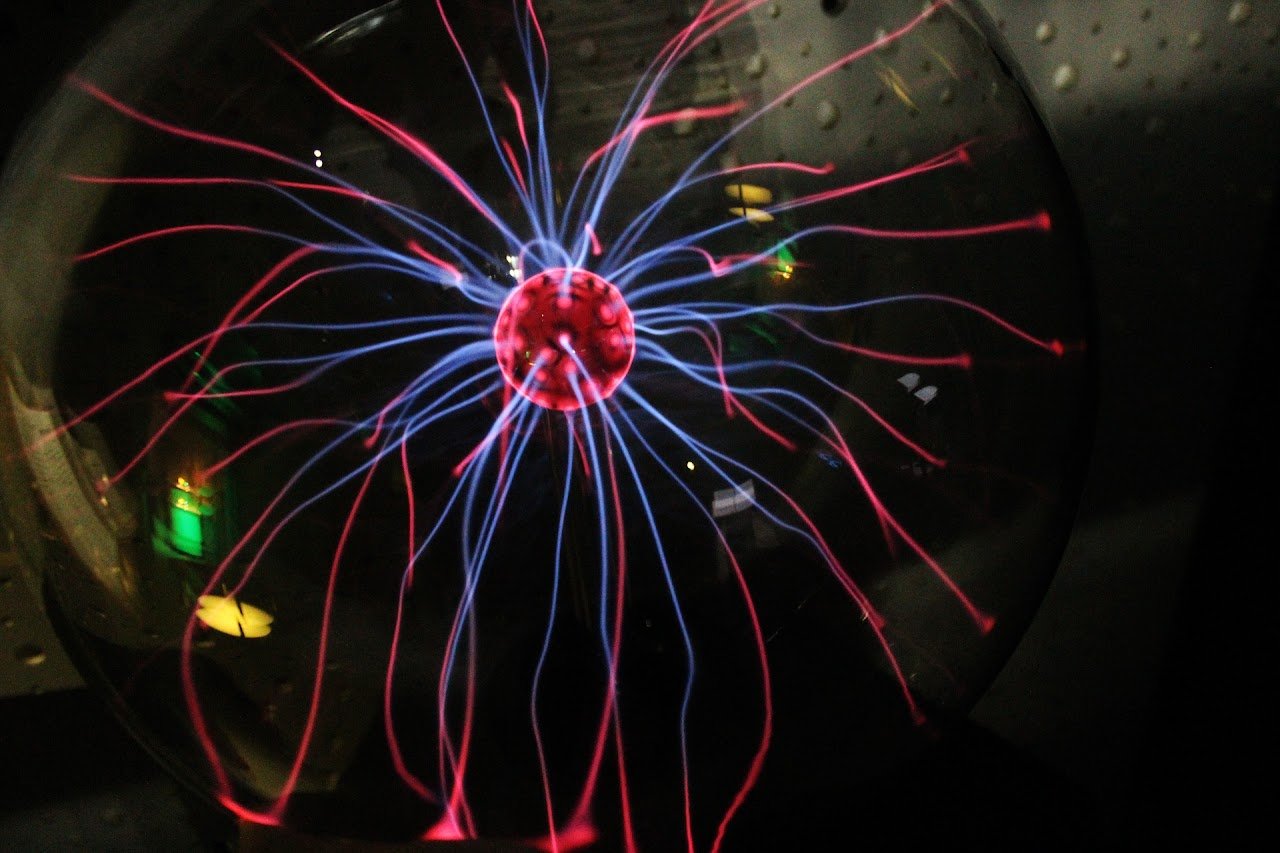Physical Science Unit Resources
Energy
Energy and Matter
Potential Energy
Heat Energy Transfer
Kinetic Energy
Forces and Interactions
Newton’s First and Second Law of Motion
Gravity
Newton’s Third Law of Motion
Electric and Magnetic Forces
Waves and Electromagnetic Radiation
Waves
Digital and Analog Signals
Structure and Properties of Matter
Atoms, Elements & the
Periodic Table
Motion of Molecules
Synthetic Materials
Changes in Molecule Motion
Chemical Reactions
Evidence of a Chemical Change
Thermal Energy Project
Conservation of Mass

Thermal Energy Project Mini Unit Resources
Students collect data about three chemical reactions (baking soda and vinegar; calcium chloride, baking soda and water; ammonium chloride and water) and determine if each reaction is endothermic or exothermic. Then, students determine which reaction would be the best to create a hot pack. Finally, students design, build, test and modify an original pie-warming device!

Conservation of Mass Mini Unit Resources
Students independently practice counting atoms in chemical formulas and review why we cannot turn carbon into gold! They demonstrate the law of conservation of mass by comparing the reactants and products of rust. Students model the reaction between baking soda and vinegar by cutting apart reactant molecules, building the products and creating a poster of this chemical equation!

Evidence of a Chemical Reaction Mini Unit Resources
Students differentiate between physical and chemical changes and learn the signs of a chemical reaction. Then, they plan and carry out an investigation and compare reactants (baking soda and vinegar) and products to determine if a chemical change has occurred. Students share their evidence for a chemical change with a claim, evidence and reasoning assessment.

Changes in Molecule Motion Mini Unit Resources
Students make quantitative and qualitative observations of food dye in hot and cold water then draw conclusions about particle motion and temperature. They plan and carry out an investigation to answer the question, “How does a pure substance change when thermal energy is added?” Then, students create a graph, analyze their data and draw diagrams of particles in motion. They summarize their learning with an original cartoon of a pure substance facing increased heat energy!

Motion of Molecules
Students plan and conduct an investigation about the motion of vanilla molecules, create a graph, analyze data and observe a Skittle in water! Finally, students use evidence collected in the lab to support the claim “Molecules are in motion”.

Synthetic Materials Mini Unit Resources
Students differentiate between natural and synthetic materials and make their own synthetic slime! They research the environmental, economic and societal impacts of two synthetic materials - plastic and high fructose corn syrup. Then, students decide if the positive impacts of HFCS outweigh the negative impacts and argue their point.

Atoms, Elements & the Periodic Table Mini Unit Resources
Students reflect on elements they already know, ask questions about the periodic table and then find answers! They build models of helium and copper atoms with Skittles, distinguish molecules from compounds and grow salt crystals to show cubic crystal structure. Finally, students create models of molecules to show what they know. Students love learning more about elements and the periodic table!

Digital and Analog Signals Mini Unit Resources
Students first become familiar with the terms digital and analog and connect many real life examples to both types of technology. They make and use a string telephone to experience the benefits (and disadvantages!) of analog technology and then compare and contrast digital and analog photos. Finally, students model analog and digital wave transmission with a drawing activity and provide evidence for the claim that digital signals are more reliable.

Waves Mini Unit Resources
Students create transverse and longitudinal waves in the lab with rope and slinkies. Then, they play with two PhET simulations and explore wave behavior with flashlights, beakers, water and oil. Finally, students analyze graphs of seismograph wave amplitude and earthquake magnitude to answer the question How is the amplitude of a wave related to the energy in that wave?

Electric and Magnetic Forces Mini Unit Resources
Students play with magnets, balloons, cans, tape and fabric to construct their own understanding of non contact forces. Then, they build an electromagnet and figure out how to make it stronger. Finally, students plan and carry out an investigation to prove fields exist between objects exerting non contact forces on each other.

Gravity Mini Unit Resources
Students demonstrate acceleration due to gravity by dropping objects (basketballs, golf balls etc.) and showing they fall at the same rate, regardless of mass. Then, students answer the question “How is surface gravity related to mass?” by analyzing data and citing evidence from planets in our solar system. Students compare orbital periods with distance from the sun and draw a diagram of balanced forces. Finally, students calculate the weight of a basketball on different planets and figure out what it would be like to play their favorite sport on Jupiter or the sun!

Newton’s Third Law of Motion Mini Unit Resources
Students explore bouncing balls and construct their own meaning of Newton’s 3rd law of motion. They identify the laws of motion at work during their favorite sport or activity. Then, students use their understanding of the laws to design a space vehicle carrying sensitive equipment (an egg) that can withstand collisions with large asteroids (basketballs)!

Newton’s First and Second Laws Mini Unit Resources
Students reflect on the physics of their favorite childhood activity and play with toys (balls, marbles, toy cars, ramps and anything else you have!) to construct their own understanding of force and motion. Then, students use the PhET simulations Balancing Act and Force and Motion to increase their knowledge of Newton's first and second laws. Students practice calculating the net force on an object. Then, they plan and carry out their own investigation to answer the question “How do mass and force affect an object’s motion?” Finally, students share what they learned in a written claim, evidence and reasoning.

Kinetic Energy Mini Unit Resources
Students use marbles, ramps and blocks to learn how mass and speed affect an object’s kinetic energy. Then, students use the Energy Skate Park PhET simulation to construct and analyze graphs of mass, speed and kinetic energy. Finally, students use a double ball bounce (drop a tennis ball on top of a basketball) to construct an argument. Extension activities include creating a roller coaster for a marble and calculating energy on the ride!

Potential Energy Mini Unit Resources
Students begin by identifying all of the types of energy they used today and classifying this energy as potential or kinetic. Then, students break down the energy changes that occur in a bouncing ball and collect data about how drop height affects bounce height. Students create an excellent graph of their data with TAILS (Title, Axes, Intervals, Labels, Scale) and use their graph to answer the question How does gravitational potential energy affect the total energy in the bouncing ball system? Finally, students use pendulums to figure out how the total amount of potential energy in a system changes!

Heat Energy Transfer Mini Unit Resources
Students explore convection and radiation through quick labs. Then, they analyze data to determine which colors absorb the most heat energy and which materials make the best insulators. After learning that increasing global temperatures are endangering the tuatara population in New Zealand, students design, construct and test a tuatara nest that reduces heat energy transfer and keeps the eggs cool!

Energy and Matter
In this mini unit, students learn about how Dr. Shirley Jackson’s childhood activities led to an illustrious career in physics. Then, students practice their own lab skills while measuring mass, volume and temperature. They plan and carry out two investigations: One to learn how different masses of ice affect the temperature of water and one to determine how type of matter affects temperature change. Students analyze their data and construct an understanding of the relationships between matter, mass, temperature and energy transfer. Extension activities include building a thermometer! This is a great unit to begin the year with!